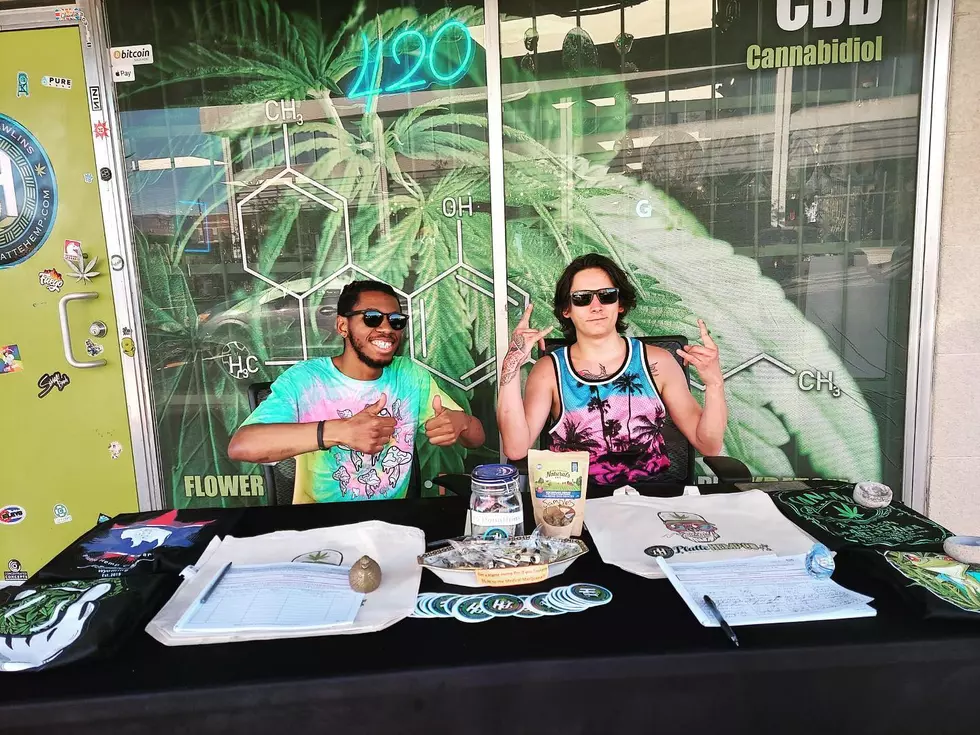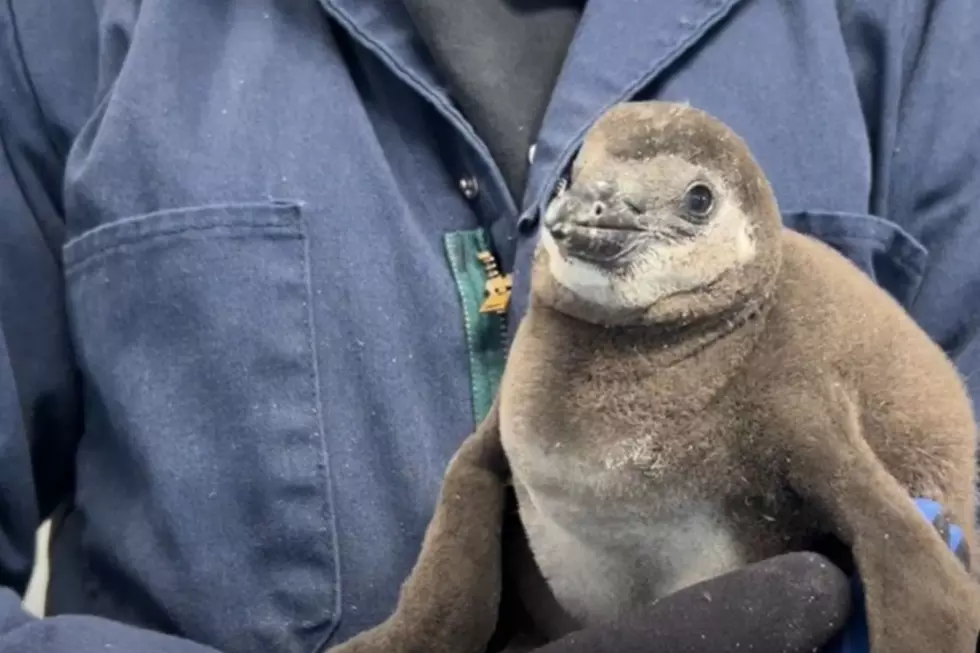
Colorado Unearthed: Fossil Discovery Shows Evidence of Rainforest
Colorado is known for its majestic mountains, scenic valleys, sprawling prairies, and an abundance of different kinds of wildlife, including moose and elk. But millions of years ago, the land in which we live looked much different.
While none of us will ever know exactly what the world looked like before humans existed, evidence such as fossils and petroglyphs that have been left behind can help to paint a better picture.
RELATED: Did You Know Colorado Used to Have its Own Redwood Forest?
Relics of the past continue to be uncovered throughout Colorado.
While CDOT crews were working on a widening project of I-25 in Castle Rock, they unearthed some ancient clues that led to an exciting discovery.
During construction, workers initially noticed big, black leaves falling out of the rock alongside the highway. From there, CDOT collaborated with the Denver Museum of Nature and Science to further investigate what lay beneath.
Upon excavating the area, crews found fascinating fossil beds. Museum researchers revealed that the fossils are evidence of one of the earliest rainforests ever to be discovered. The artifacts are more than 64 million years old.
The discovery included fossil flowers, seedling cycads, and Artocarpus which is a type of “breadfruit” that can presently be found in southeast Asia. These fossils are now part of the Denver Museum of Nature and Science's featured collection called "Primo Plant Roadside Roadkill."
Can you imagine what Colorado would be like if this dense rainforest was still around?
Exploring the Royal Gorge Dinosaur Experience
More From Townsquare Fort Collins









